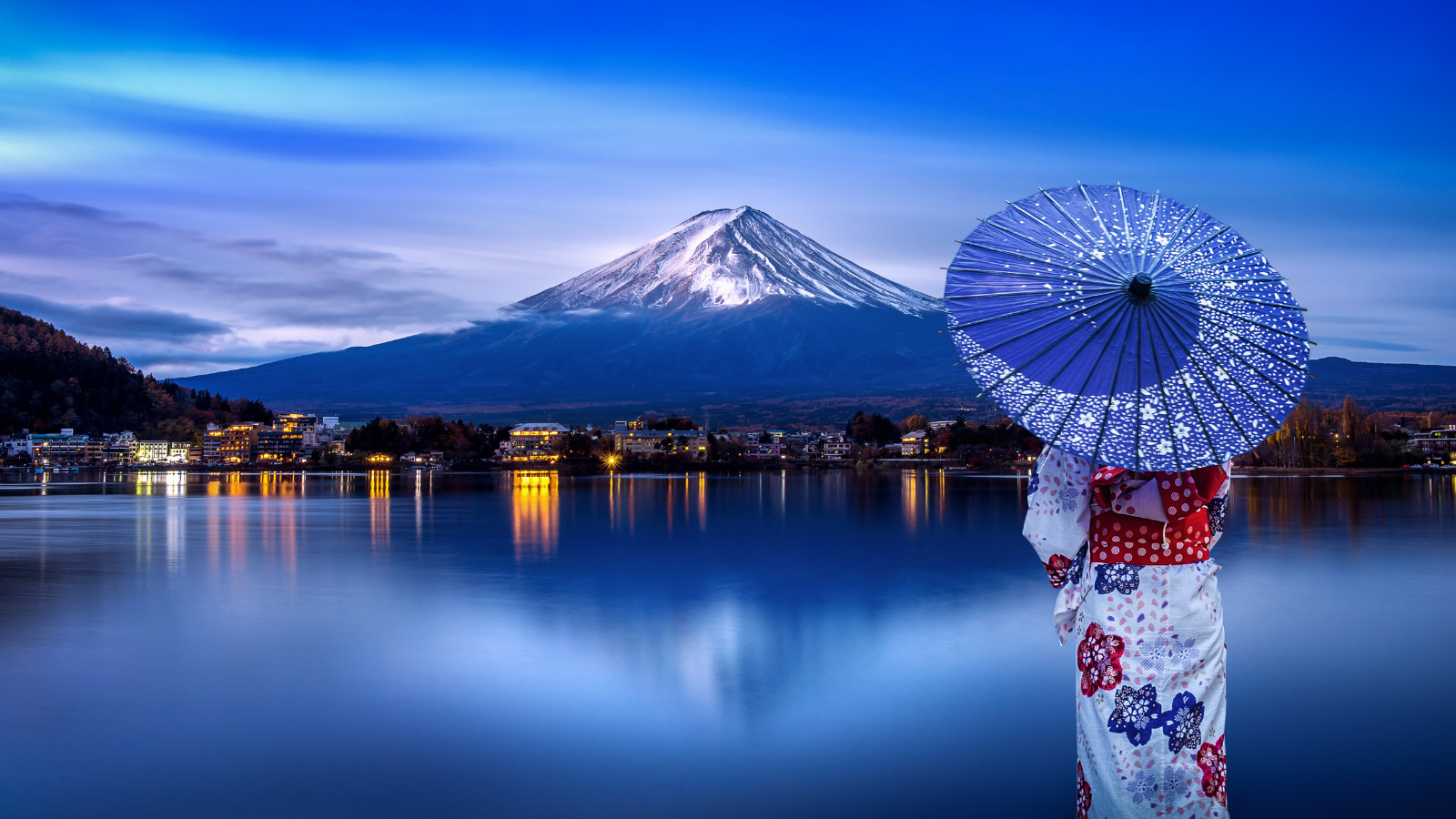Kochi Prefecture, located on the southern coast of Shikoku Island in Japan, is renowned for its stunning natural landscapes, vibrant cultural heritage, and historical significance. With its pristine rivers, lush mountains, and beautiful coastline, Kochi offers a diverse and immersive experience for visitors.
History and Culture
Historical Significance
Kochi has a rich historical background, with its roots extending back to ancient times. The region played a significant role during the Edo period under the rule of the Yamauchi clan, based at Kochi Castle. Historical sites such as Kochi Castle and the remnants of the Tosa domain offer insights into the region’s feudal past and its role in the Meiji Restoration.
Cultural Heritage
Kochi is known for its vibrant cultural traditions and festivals. The prefecture is famous for its traditional crafts, such as Tosa washi (Japanese paper) and Odo ware. Festivals like the Yosakoi Matsuri, a lively dance festival held every August, highlight Kochi’s rich cultural heritage and community spirit.
Economy and Industry
Kochi’s economy is diverse, with strengths in agriculture, forestry, and fishing. The prefecture is a major producer of citrus fruits, particularly yuzu, and other agricultural products like ginger and tomatoes. The fishing industry is also significant, with Kochi’s coastal waters providing an abundance of seafood, including katsuo (bonito). Additionally, tourism plays a crucial role in the local economy, attracting visitors to the region’s natural and cultural attractions.
Attractions and Activities
Historical and Cultural Sites
- Kochi Castle: One of Japan’s few original castles, offering panoramic views of Kochi City and insights into the region’s feudal history.
- Katsurahama Beach: A scenic beach known for its historical significance and the statue of Sakamoto Ryoma, a prominent figure in the Meiji Restoration.
- Chikurin-ji Temple: A historic temple located on Mount Godai, featuring beautiful gardens and a five-story pagoda.
Natural Attractions
- Shimanto River: Known as the “last clear stream of Japan,” this river is ideal for canoeing, fishing, and enjoying the natural beauty of the surrounding landscape.
- Cape Ashizuri: The southernmost point of Shikoku, offering stunning ocean views, rugged cliffs, and the Ashizuri-Uwakai National Park.
- Niyodo River: Famous for its crystal-clear blue waters, perfect for kayaking, swimming, and nature walks.
Modern Attractions
- Hirome Market: A bustling food market in Kochi City where visitors can sample local delicacies, fresh seafood, and regional specialties.
- Kochi Prefectural Makino Botanical Garden: A beautiful garden dedicated to the botanist Tomitaro Makino, featuring a wide variety of plants and flowers.
- Tosa Sakamoto Ryoma Memorial Museum: A museum dedicated to the life and legacy of Sakamoto Ryoma, a key figure in Japan’s modernization.
Cuisine
Kochi’s culinary scene is rich and varied, reflecting its agricultural and coastal bounty. Local specialties include:
- Katsuo no Tataki: Lightly seared bonito served with garlic, ginger, and soy sauce, a signature dish of Kochi.
- Sawachi Ryori: A traditional banquet-style meal featuring a variety of local seafood, meats, and vegetables presented on large platters.
- Yuzu Products: Dishes and drinks flavored with yuzu, a citrus fruit widely grown in Kochi.
Conclusion
Kochi Prefecture is a captivating destination that seamlessly blends natural beauty, historical depth, and cultural richness. Whether you’re exploring the ancient halls of Kochi Castle, enjoying the clear waters of the Shimanto River, or savoring the local cuisine, Kochi offers a diverse and enriching experience for all visitors. Its unique attractions and welcoming atmosphere make it a must-visit location for anyone traveling to Japan.

